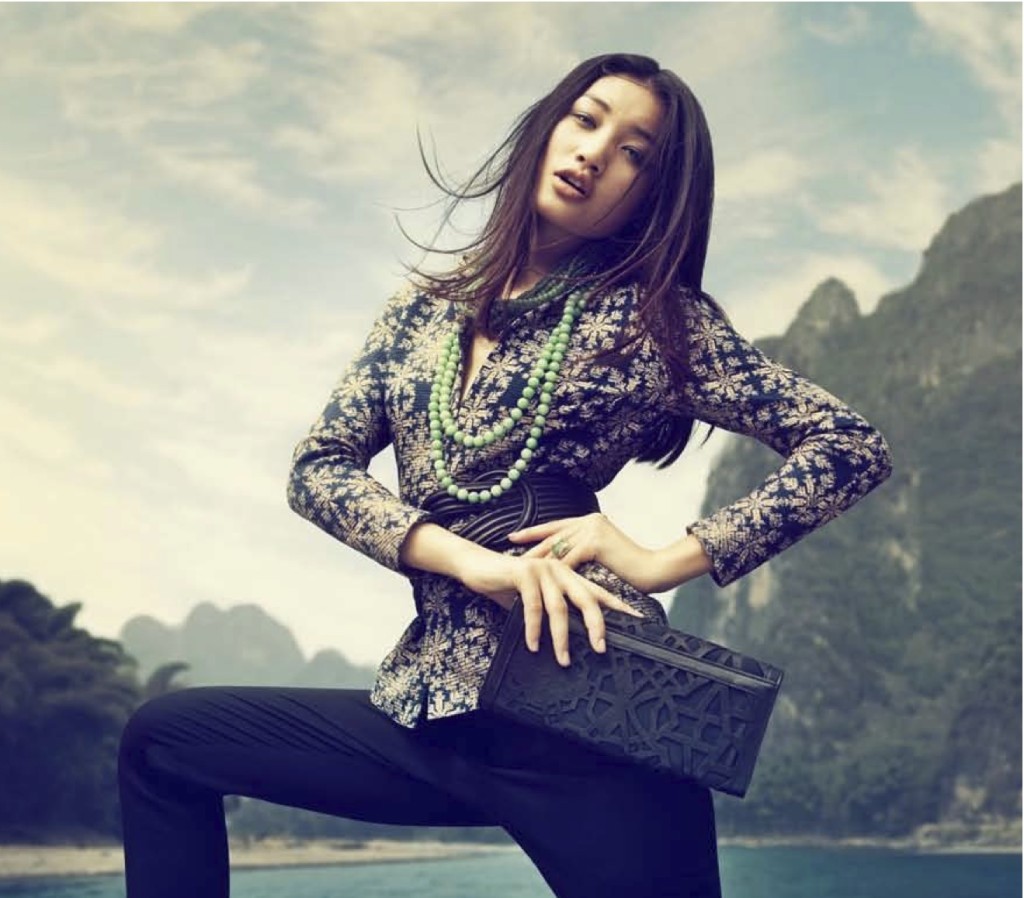Ostentatious luxury is no longer a thing in China! Luxury goods used to be consumed by Chinese people in order to prove a certain social status and to show everyone else how wealthy they are.
The Chinese luxury market is getting more complicated, as customers now want to distinguish themselves through more niche fashion brands. We thought that the market was unstoppably growing, but instead, luxury brands now need to use different methods to approach the market and answer correctly to the new expectations expressed.
Discretion needed!

Chinese Government is penalizing ostentatious behaviors leading to a decreasing tendency in sectors like luxurious watches or prestigious alcohols and spirits. These sectors were known for 30% growth and it was lowered to a 7% growth in 2013. Moreover, a lot of taxes are applied within the Chinese territory which leads Chinese consumers to shop abroad, where 57% of luxury purchasing is made (against 20% in China). The shopping destinations preferred by Chinese consumers are Paris, New York, Hong Kong, and Tokyo.
Consumers’ attitude toward luxury is deeply changing

A phenomenon is happening, in the biggest cities of China, like Shanghai or Beijing, luxury consumers are claiming (65% of them) that they no longer want products where logos are too visible. This change is more observable among youngsters. Young consumers (25-35) are more likely to shop designers’ labels that fit their personality and the lifestyle they aim at. However, the middle class still represents a huge market for ostentatious luxury. This segment of the population (New Rich) is still looking to display its wealth.
Distinguish yourself with niche brands

The common tendency of the Chinese luxury market was the purchasing of foreign brands. But, in order to differentiate themselves, it seems that Chinese consumers are now trying to go back to basics. By…shopping local! For example, Chinese fashion is knowing a great development and is gaining interest from Chinese consumers.
Chinese luxury consumers don’t want to buy names anymore, they want to wear something nobody has, fashionable, pretty much unique. That is why they are hardly seeking luxury niche brands, they want to be and feel exclusive by wearing a not-that-much-known brand and avoid getting mainstream-owned items by huge brands.
The LVMH group totally understood this major issue by expanding in continental China brands like Celine or Loro Piana, identified as niche brands.
The new luxury consumer is sophisticated, has his personal style, and isn’t looking for loads of huge brands but will rather look for new contemporary brands. Their new needs and expectations are pretty much similar to bohemian people (Bobo) you can find in great cities like Paris or New York. To give an example they would be more appealed by shopping in ‘Le Bon Marché’, ‘Colette’ or ‘BVH’ than Galeries Lafayette.
Social Media are following the trend
A website called Shangpin has been launched to help Chinese consumers find the new hottest designers of the moment, it is useful for consumers who are looking for non-famous niche brands but also for designers, to promote themselves on the Chinese market.



3 comments
Piotr Kumenchko
Very good article. I am interested to start a niche fashion brand in China. Where can I contact to get in touch? Craving some advice :))
Dolores Admin
Hey there,
Please drop us an email at welovefashion@marketingtochina.com
We will be happy to assist you with your craving for knowledge 😉